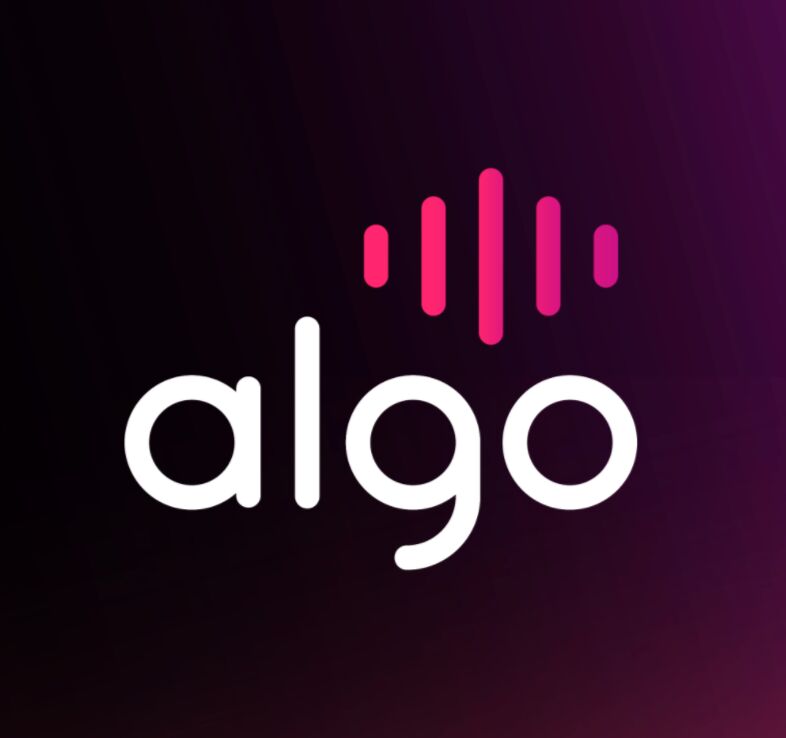In the fast-paced world of retail, prices are anything but static. Sales, supply chain hiccups, or aggressive competitor discounts can trigger price fluctuations overnight. Staying ahead requires swift and informed responses, and without a robust pricing strategy, businesses risk falling behind.
That’s where the power of data comes in. By tapping into a wealth of information, retail businesses can make more informed pricing decisions. Data allows you to monitor market trends, understand customer behavior, and keep a close eye on the competition. Insights like identifying your most price-sensitive customers, pinpointing products with the highest profit margins, or uncovering seasonal demand patterns are just a few examples of how data can inform strategic price adjustments that boost your bottom line and foster customer loyalty.
Let’s explore how using different types of data—like POS data, competitor pricing, and historical trends—can lead to smarter pricing strategies. With the right information, you can make better decisions and improve your pricing game.
Leveraging POS Data for Real-Time Insights
Research indicates that over half of retailers consider point-of-sale transaction data their most valuable asset for business insights. By effectively utilizing this data through well-structured reports and a reliable system, businesses can gain a deep understanding of their customers, enabling them to implement strategies that boost both conversions and customer retention.
Point-of-sale (POS) data provides a wealth of information captured at the moment of purchase, encompassing transaction details, customer preferences, product performance, and payment methods. This real-time data empowers businesses to identify top sellers and underperforming items, facilitating agile pricing adjustments: discounts for slow-moving stock and price increases for high-demand products. Furthermore, historical POS data enables businesses to anticipate future demand, leading to more informed pricing strategies.
Analyzing Competitor Pricing for a Competitive Edge
Understanding how your rivals price their products provides crucial market intelligence. This data can be collected in several ways, such as using price scraping tools that track online prices, subscribing to third-party services that monitor competitors, or reviewing market reports. Having up-to-date information about competitor pricing helps you stay informed about what’s happening in the market.
Analyzing competitor pricing allows you to benchmark your own prices. By comparing your products to similar ones, you can decide whether your prices are too high or too low. You can also adjust pricing in response to competitor promotions or discounts to stay competitive. However, it’s important not to focus only on price. Avoid the “race to the bottom” where everyone tries to offer the lowest price. Instead, focus on delivering value, such as offering better customer service.
The Role of Historical Pricing Data
Historical pricing data shows how your past pricing decisions have affected sales and customer behavior. By looking at what you’ve done before, you can spot trends and learn from both successes and mistakes. This information helps guide future pricing strategies, allowing you to make decisions based on facts rather than guesses.
Reviewing past performance lets you determine which pricing strategies worked, and which didn’t. Did a price drop lead to a big sales boost? Did raising prices on certain products hurt demand? By understanding the impact of these changes, you can make better choices moving forward. Analyzing historical data helps you predict how similar changes might affect future sales, making your pricing decisions more informed and effective.
Integrating Multiple Data Sources with Algo Price Planner
The Algo Price Planner is a demand pricing software that is designed to bring together all your data—POS data, competitor pricing, historical trends, and more—into one platform. By integrating these different data points, it helps you make informed pricing decisions that maximize profits and reduce guesswork.
Key Features that Support Smarter Pricing:
- Scenario Planning: With Algo Price Planner, you can create multiple pricing scenarios to test how price changes would affect sales, demand, and profit margins. This allows you to explore options before making final decisions.
- Automated Price Adjustments: The tool allows you to set automated pricing adjustments based on set rules, such as percentage changes or fixed dollar amounts. This makes it easy to respond quickly to market shifts.
- Competitor Analysis: Algo Price Planner tracks competitor pricing data in real time, allowing you to adjust your own prices and stay competitive without constantly monitoring the market manually.
- Forecast Integration: By connecting with the Algo Forecast Engine, you get accurate demand predictions that ensure your pricing strategies are aligned with current and future market trends.
Algo Price Planner takes the guesswork out of pricing by giving you the data and tools you need to make confident, data-backed decisions. Whether you’re setting up a new pricing structure or responding to a competitor’s discount, the platform helps you stay one step ahead.
Empower Your Inventory Pricing with Algo
Having access to the right data is key to making smart pricing decisions. By leveraging data sources like POS data, competitor analysis, and historical pricing trends, businesses can respond to changes quickly and strategically.
Decision intelligence—powered by integrated tools like the Algo Price Planner—helps you take control of your pricing, stay ahead of competitors, and predict customer behavior with accuracy. With the right tools, you’re not just reacting to the market, you’re shaping your future success.
Ready to upgrade your pricing strategy? Let Algo Price Planner put you ahead of the competition with data-driven insights and powerful scenario planning. Book a personalized demo today and see how it can help future-proof your business decisions.
About the author
Usman Barkat
Usman Barkat is the Chief Product Officer at Algo, where he spearheads product strategy and innovation in the supply chain sector. With 15+ years of experience in merchandising, planning, and operations, Usman excels in driving efficiency and growth.



